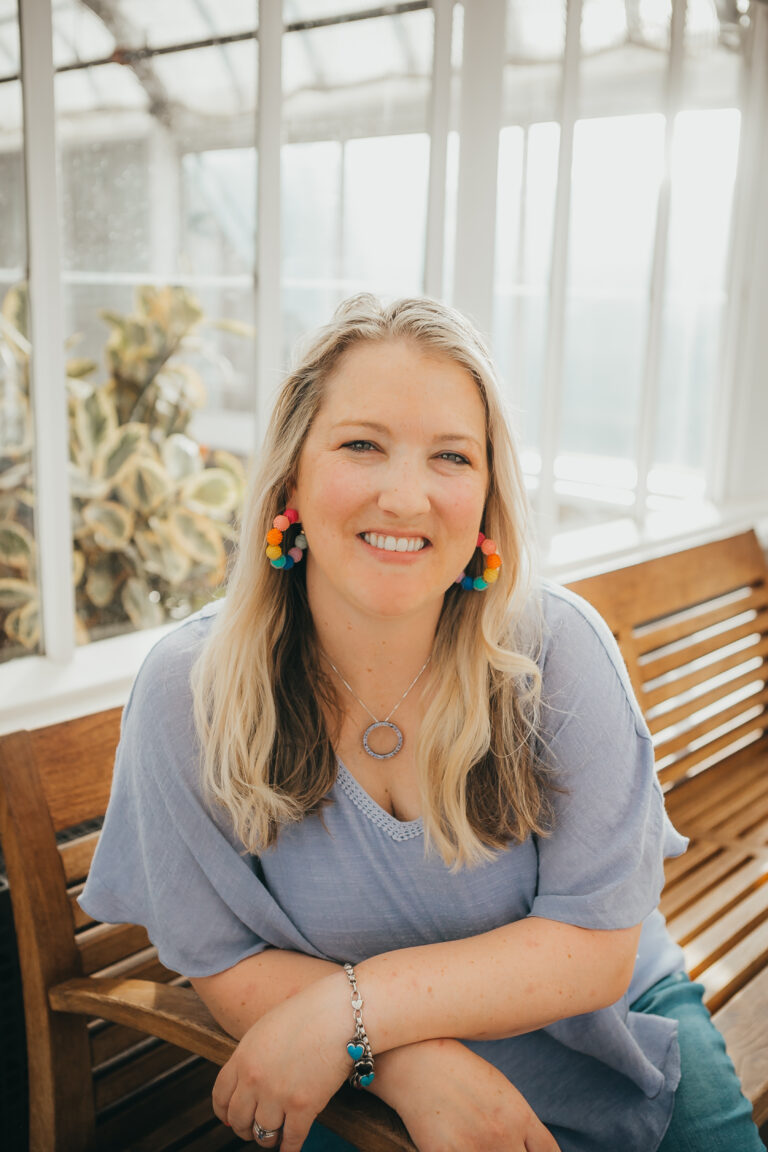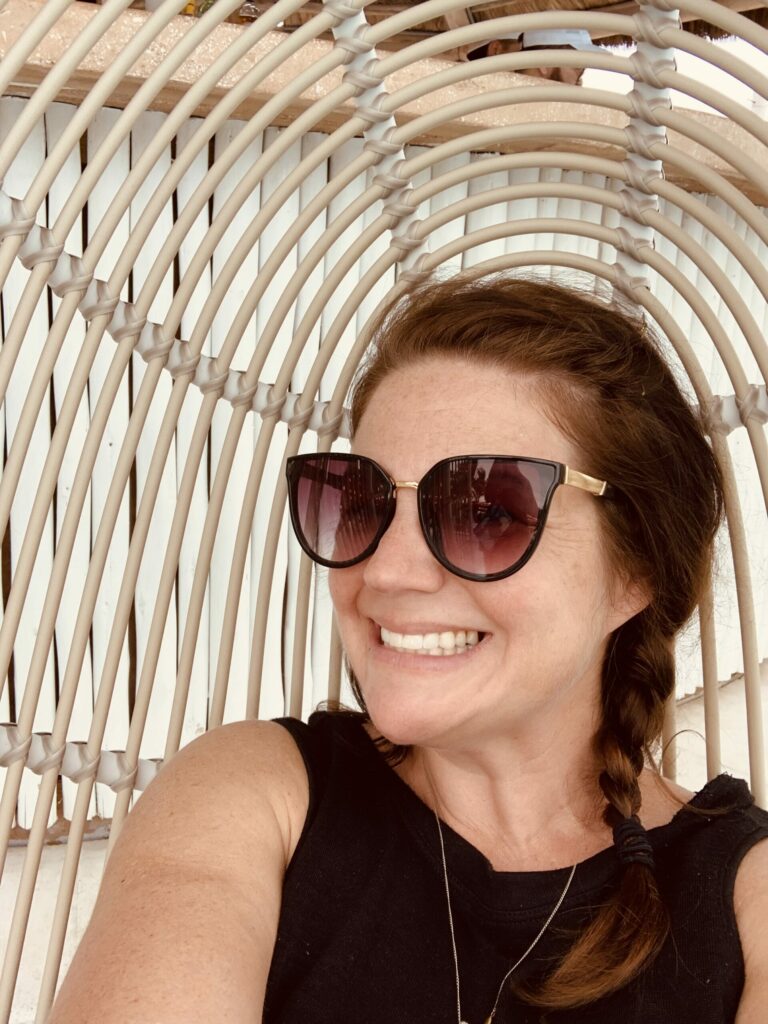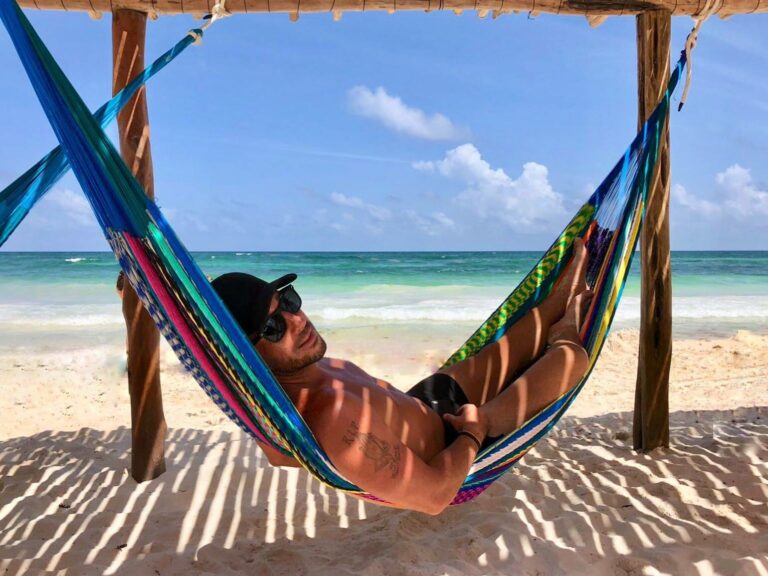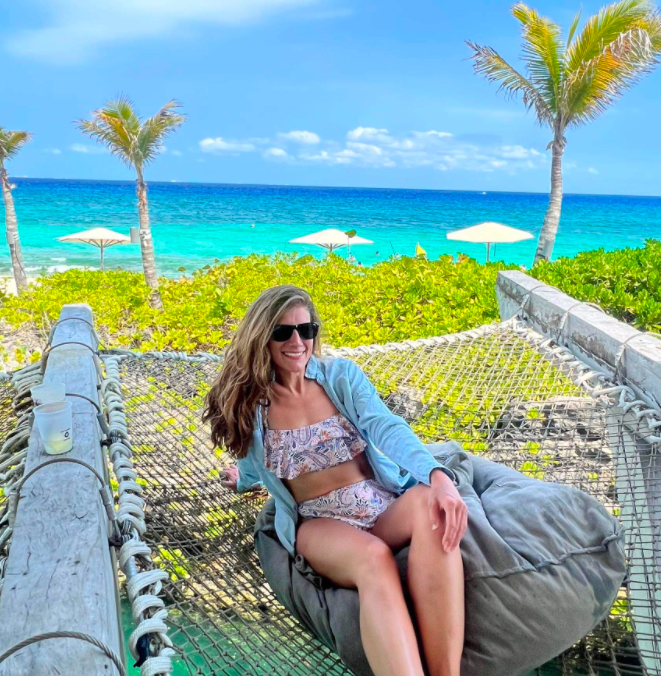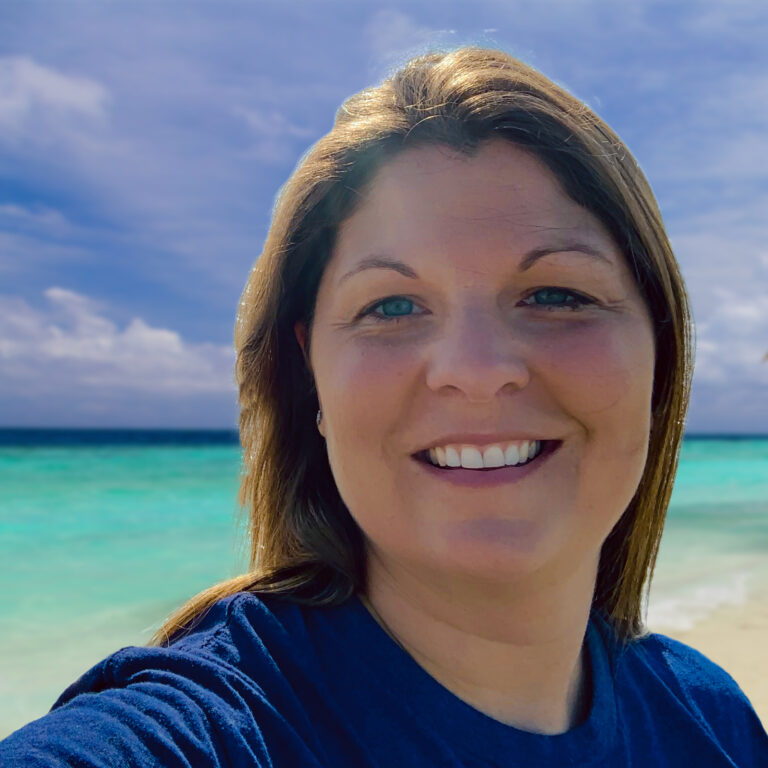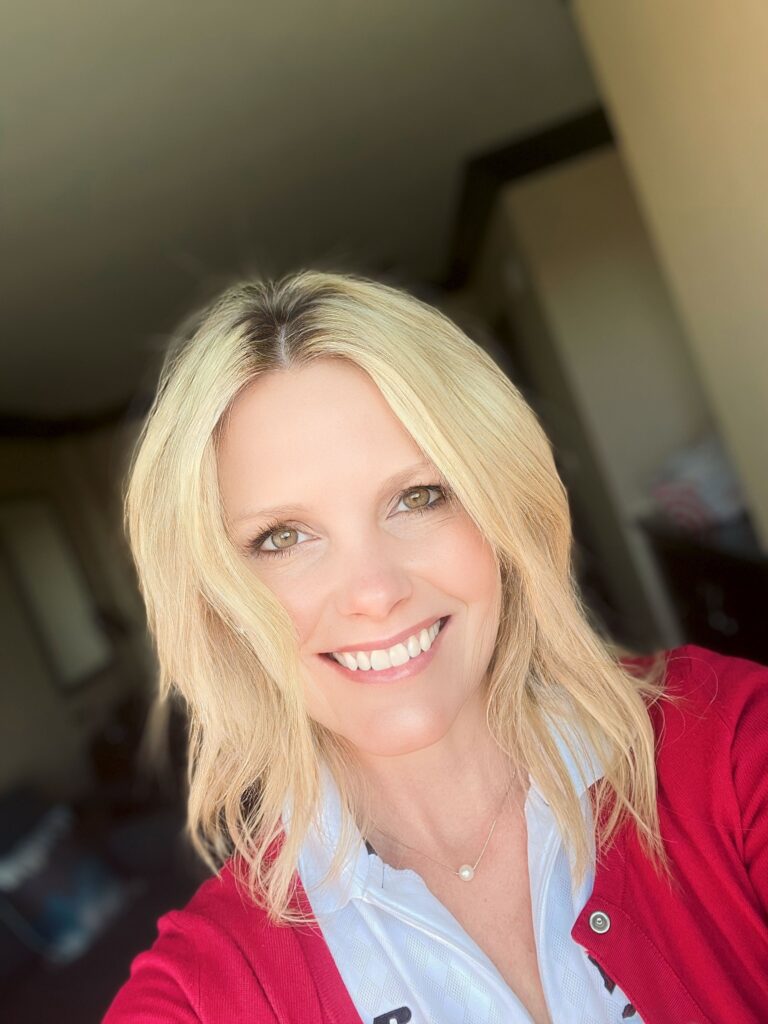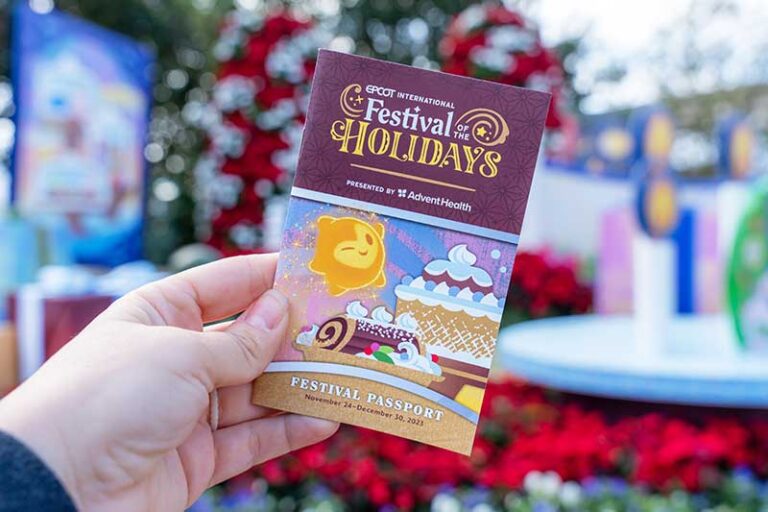We recognize that vacations are not just an investment, but often the highlights of our lives, and we take that responsibility seriously. We want to ensure you have the best vacation experience.
Interested in a job in travel? Click here to learn: How to Become a Travel Agent
Poised between the Atlantic and the snow crowned Atlas Mountains, Agadir is a lively resort set beside a vast beach. Agadir is the most important shipping port in southwestern Morocco, but there are also beautiful sandy bays with year-round warm sea...
Categories: Agadir
Categories: Agafay Desert
Located in Ouarzazate, this recognized UNESCO site is considered the most outstanding Kasbahs in Morocco. Ait Benhaddou is made up of 60 individual Kasbahs, and shows a perfect example of pise clay architecture. This picturesque Kasbah is best shot a...
Categories: Ait Benhaddou
A village of whitewashed houses with a fishing harbor, Al Hoceima is a good place to stop during a tour of the Mediterranean coast and the Rif. It has modest accommodations and several seafood restaurants. There's also a nice beach along Al Hoceima B...
Categories: Al Hoceima
Categories: Aroumd
Asilah, a laid-back, whitewashed town with Portuguese-built ramparts buttressing it against the Atlantic, is a favorite seaside spot in northern Morocco. It's a good beach destination for those entering the country through Tangier, which is 25 mi/40 ...
Categories: Asilah
In the foothills of the High Atlas mountains of Morocco is a beautiful thriving oasis surrounded by a picturesque village, flower gardens, and varieties of citrus fruit trees. Asni is en route to Marrakech winding through the Tizi-n-Test pass, the hi...
Categories: Asni
Categories: Assilah
The Atlas Mountains are a series of mountain ranges in northwestern Africa, running through Morocco, Algeria and Tunisia. The tourist industry is popular in the High Atlas region of Morocco, where visitors can enjoy luxurious Kasbah accommodations in...
Categories: Atlas Mountains
Categories: Beni Mellal
Boumalne, a small rural village with a Wednesday market, a bank and a hammam, is the gateway to the Dades Gorge. The fertile oases set against the rocky landscapes are enchanting. There are also several picturesque casbahs in the valley. Boumalne is ...
Categories: Boumalne
Casablanca today boasts one of Africa's largest ports. The Place Mohammed V is the heart of the city; the main boulevards branch out from here. Casablanca is the kingdom's commercial capital; most of the cultural activities are concentrated here, fro...
Categories: Casablanca
This picturesque town 50 mi/80 km southeast of Tangier in the Rif Mountains has more atmosphere than sights. Walk around the small medina with its light-blue-painted walls and drink tea at the main plaza. The main sight is the casbah with its enclose...
Categories: Chefchaouen
Dadès Valley is located in the Moroccan Desert, and is known as the valley of a thousand Kasbahs. It is a gorge of the Dades River that lies between the high Atlas Mountains. The windy roads lead visitors through limestone cliffs and stunning ...
Categories: Dades Valley
Categories: Dakhla (Villa Cisneros)
The seaside town of El Ayoune offers a beach with basic resort infrastructure and a bird sanctuary. Short day and overnight excursions via camel are sometimes available, but most visitors to Morocco will have plenty of other superior places to explor...
Categories: El Ayoune
El Jadida is located in Morocco and is a historic port city also known as The Portuguese Fortified City of Mazagan. This Unesco World Heritage Site attracts many visitors to see the 16th century cistern, as well as to enjoy golf, the casino, restaura...
Categories: El Jadida
Categories: Er Rachidia
Erfoud is a French-build administrative town built in the thirties. The town, with its dusty red buildings, has a ghost town atmosphere but is surrounded by some of the best scenery in Morocco. Erfoud is not a typical tourist destination, but a goo...
Categories: Erfoud
Visit the famous sand dunes of Erg Chebbi in Morocco's Sahara desert. Visitors often enjoy a camel ride, watch a spectacular sunset, and stargaze under the vast desert skies.
Categories: Erg Chebbi
Erg Chegaga (Chigaga) is a deluxe desert camp on one of the two major dunes of the Sahara in Morocco.
Categories: Erg Chegaga
Categories: Erg Znigui
Essaouria has been a trading post for almost 3000 years and has retained much of its classic charm. One of the most impressive sights of Essaouria is its gates. Being one of Morocco's main fortified coastal towns, Essaoria has many well preserved med...
Categories: Essaouira
Fes (Fez) has been the capital of Morocco for more than 400 years and is home to the oldest university in the country and the leading cultural and religious center. Fes is also the home of the oldest and largest medieval city in the world, a city tha...
Categories: Fes (Fez)
Situated at the edge of the Sahara, where desert nomads and sedentary populations meet, the town of Goulimime is worth a night's stay if you can arrange to be there on a Saturday. That's when the Tuareg People (also called Blue People because the dye...
Categories: Goulimime
By Moroccan standards, Ifrane, a town in the Middle Atlas, is comparatively young, and its red-tiled chalets make it seem more European than Moroccan. It's home to both the king's summer residence and Al-Akhawaya University, an elite school. The scen...
Categories: Ifrane
Iriqui National Park is not your ordinary Moroccan desert landscape. This desert reserve turns into Lake Iriqui, a temporary wetland during the wet season where migratory water birds help to rehabilitate the ecosystem and biodiversity. The park is 12...
Categories: Iriqui National Park
Categories: Jebel Toubkal
The port town of Kenitra was built by the French military in the early 20th century. Today the city is home to an important naval base, and exports a variety of goods. The city is popular with surfers and travellers wanting to get away from it&n...
Categories: Kenitra
Larache, a somewhat quiet town on the Atlantic coast, blends an older Arab atmosphere with newer Spanish touches added in the first half of the 20th century. Apart from walking around the new and old parts of the city, you can pop in to the Archaeolo...
Categories: Larache
Marrakech, known as the "Pearl of the South," is an oasis in southwestern Morocco at the foot of the Atlas Mountains, with rose-colored ramparts and a thousand year old palm grove. Sumptuous and exuberant, it radiates splendor and mysticism and cast...
Categories: Marrakech
The imperial city of Meknes doesn't draw the crowds that Marrakesh and Fez do, which means you can explore its medina (a UNESCO World Heritage site) at a relaxed pace with relatively little hassle. From 1672 to 1727, Meknes served as the capital for ...
Categories: Meknes
Categories: Merzouga
Categories: Moulay Idriss
Categories: Nkob
Oualidia is located on the Atlantic coast of Morocco. It is conveniently located just 2 hours from Casablanca and 2.5 hours from Marrakech. The sleepy village of Oualidia sits where the ocean and a salt water lagoon merge. Visitors enjoy picturesque ...
Categories: Oualidia
Ouarzazate is located in a valley at the foot of the High Atlas Mountains and is at the center of Sahara Desert tourism. The city is also the film capital of Morocco and was used to shoot many famous films with desert scenes.
Ouarzazate boasts ma...
Categories: Ouarzazate
Categories: Ouirgane
Categories: Ourika
Categories: Ouzina
Rabat is the political and administrative capital of Morocco as well as the King's official residence, The Royal Palace. Across from the Royal Palace is the king's own mosque which is a wonderful example of Islamic architecture.
The city of Rabat i...
Categories: Rabat
Categories: Ramlia
Rissani is the last village on the Ziz River before the vast desert begins. Most of the inhabitants still live in the 18th century ksar, a maze of dark passages. There are small canals running between the heavily populated villages of Rissani. Fiv...
Categories: Rissani
Safi is a seaport in western Morocco, on the Atlantic Ocean. It is Morocco's most important fishing port. Safi is a compactly built, fortified city dominated by a 16th-century ruined castle of the sultans. Safi is also the port for Marrakech, 90 mile...
Categories: Safi
Enjoy dramatic landscapes of sand dunes and memorable sunsets while visiting Morocco's Sahara Desert.
Categories: Sahara Desert Morocco
Skoura is an oasis located in the Dades Valley, surrounded by picturesque mountains. It is known for its long line of Kasbahs set along two seasonal rivers, amid beautiful palm groves. Skoura is an enjoyable town to meander around, exploring the Kasb...
Categories: Skoura
Tafraout is a secluded oasis in the Anti Atlas Mountains where visitors will experience ancient traditions, friendly locals and a taste of Morocco's Berber heartland.
Categories: Tafraout
Categories: Taghazout
The "Gateway to Africa," located at its northwestern tip, Tangier is a fashionable resort retaining its age-old mystery and excitement. French and Islamic influences meet and merge in this fascinating old city. Mosques and minarets overlook the shado...
Categories: Tangier
Categories: Tan-Tan
Taroudant is a walled Berber market town, located south of the High Atlas Mountains and north of the Anti Atlas Mountains in the Souss Valley. Taroudant is known for its leather tanneries, souks, wonderfully varied geography and friendly locals.
Categories: Taroudant
Categories: Telouet
Sometimes dubbed "the little sister of Fez," Tetouan makes for a relaxing and interesting day trip. Like Fez, it has both a new town (ville nouvelle) and an old town (medina). The ville nouvelle has some nice Spanish colonial architecture, but the wh...
Categories: Tetouan
Categories: Tinghir
Categories: Tizi Oussem
With sheer cliffs flanking a narrow ravine, Todra Gorge is one of the most impressive natural sights in the country. Not surprisingly, it's popular with hikers and climbers. You enter the gorge through an extensive palm grove, coming from the town of...
Categories: Todra Gorge
Categories: Toundout
Categories: Volubilis
Visit historical sites and learn about the fascinating history of Zagora, located in southeastern Morocco in the Draa River valley. Enjoy views of the mountain Zagora, from which the town got its name.
Categories: Zagora

















